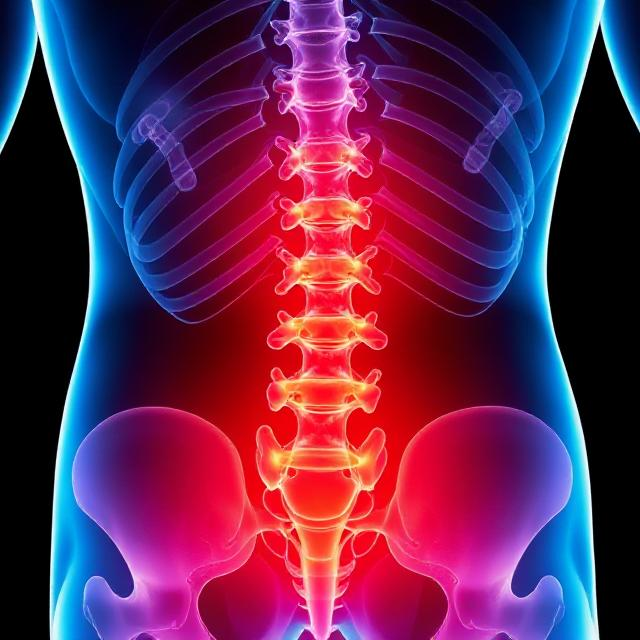Can You Tell the Difference between Adjustment and Manipulation


Chiropractic care is a type of alternative medicine that is making its way into the mainstream healthcare in the modern age of medicine. Focusing on aligning the bone and reducing nerve pressure, it is a very effective way to manage a wide variety of musculoskeletal conditions that can be caused by subluxations. Two of the most common terms often heard related to chiropractic care are adjustment and manipulation. Although both terms are often used interchangeably, they actually have different meanings and connotations.
Adjustment refers to the precise and controlled HVLA(high velocity low amplitude) thrust of to a bone in an intended vector to restore the position of a bone, which is usually performed manually by a skilled, trained chiropractor. Since the goal of an adjustment is to restore normal joint movement and function, and relieve pain along with improve range of motion, identifying the right misaligned bone is very important as well. Adjustments are typically done to the spine, but can also be done to other body parts of joints, for example the hips, shoulders, knees and ankles. In short, it is a process to put the misaligned bone back to its intended position.
Manipulation, on the other hand, can be refer as a broader, less controlled movement that are used to move multiple bone at once, sometimes beyond their normal range of motion. When it comes to the process of thrusting and moving the bone, a manipulation may appear similar to an adjustments, but it not the same. Manipulation does not involve the finesse and specificity as an adjustment. Also, the term manipulation does include other techniques such as stretching, massage, and passive joint movement.
As discussed, one key difference between adjustment and manipulation is the precision and accuracy. In the context of restoring bone position, adjustment usually refers as a specific and accurate correction with a very specific contact with the intended line of drive to correct a bone position. Manipulation could have a meaning of inaccurate, random movement to ‘reset’ the bone position by thrusting the bone with a broader contact and less intent with the line of thrust. Another difference is the force applied. Adjustment are typically performed with a quick, low-forced movement, whereas manipulations may involve a slower, higher-force movement.
In conclusion, it is important to understand and not get confused with the meaning of these two terms and know what you are getting for your own spine. Adjustment is a precise and controlled movement to restore bone position, while manipulation is a better suited for soft tissue techniques used to improve muscle health. If you are seeking care, it is important to understand the difference between these two techniques and to discuss your options with your chiropractor.



